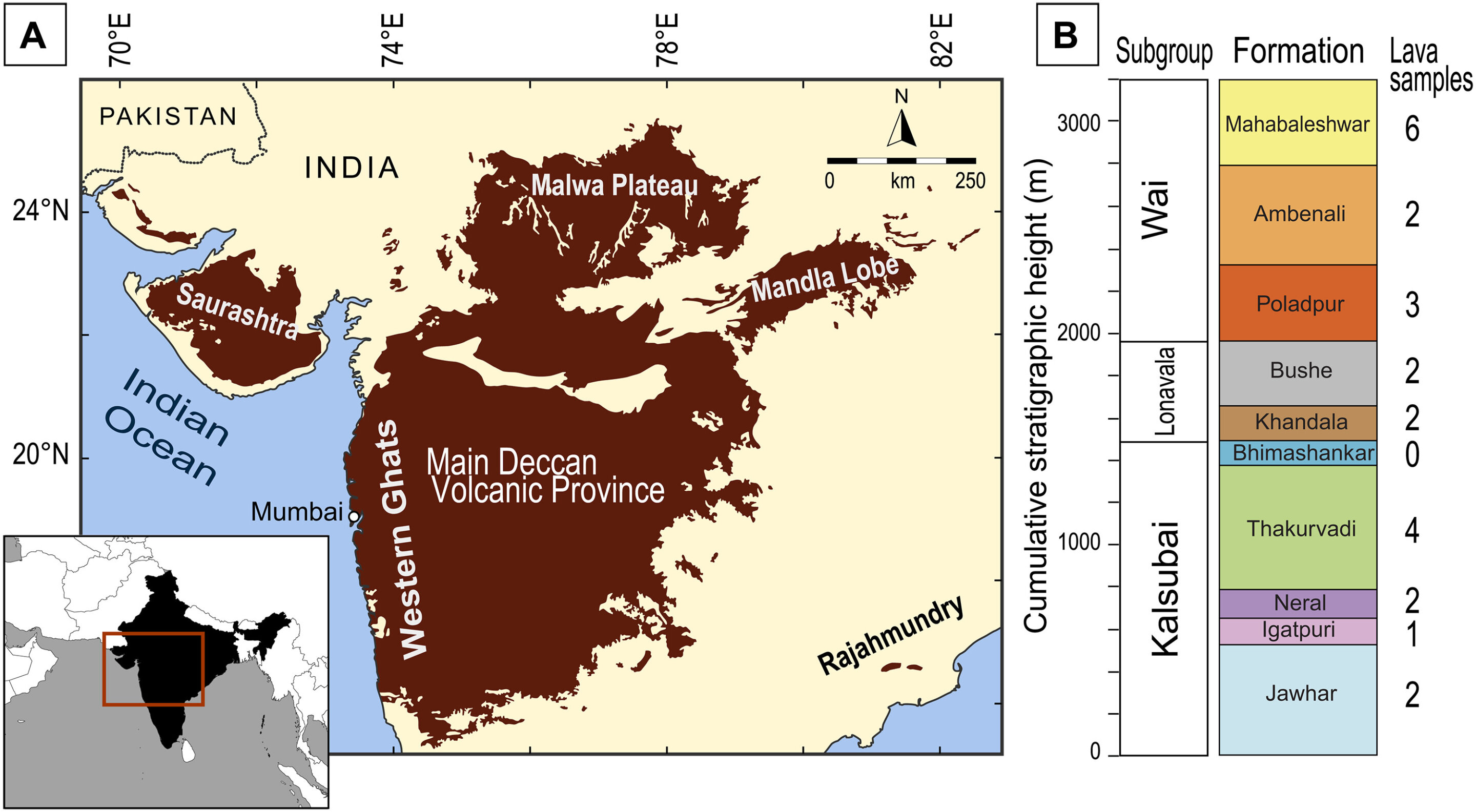What wiped out the dinosaurs? A meteorite plummeting to Earth is only part of the story, a new study suggests. Climate change triggered by massive volcanic eruptions may have ultimately set the stage for the dinosaur extinction, challenging the traditional narrative that a meteorite alone delivered the final blow to the ancient giants.
...
"Our research demonstrates that
climatic conditions were almost certainly unstable, with repeated volcanic winters that could have lasted decades, prior to the extinction of the dinosaurs. This instability would have made life difficult for all plants and animals and set the stage for the
dinosaur extinction event. Thus our work helps explain this significant extinction event that led to the rise of mammals and the evolution of our species," said Prof. Don Baker.
...
The study involved researchers from Italy, Norway, Sweden, the U.K., the United States and Canada.



